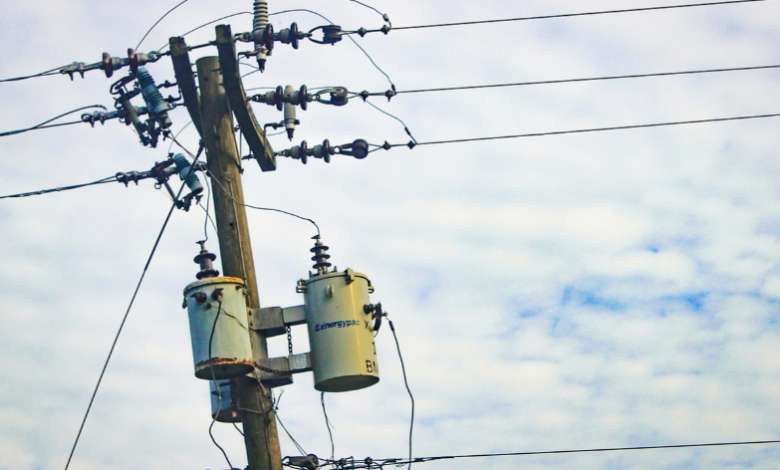Load shedding in South Africa has never been worse

Load shedding in South Africa has never been worse
SOURCE: BUSINESS TECH
_____
The Council for Scientific and Industrial Research (CSIR) announced on Monday that September 2022 recorded more load shedding than the whole of 2020.
“September 2022 was an exceptionally high month in terms of load shedding. The year 2022 is the first year that the majority of load shedding has not been Stage 2, it was overtaken by Stage 4.”
In addition, the CSIR’s annual statistics on power generation in South Africa for the first half of 2022, showed that the Eskom fleet energy availability factor (EAF) continued to decrease in 2022, with an average EAF of 59.4%, compared to the EAF of 61.7% for 2021 and 65% for 2020.
“This is largely due to the increase of unplanned outages detailed by the unplanned capacity loss factor experienced by Eskom. This year overtook 2021 as the most load-shedding-intensive year yet, concentrated in July and September.”
This means that in three months between July and September 2022, South Africa experienced more load shedding compared to the previous years.
“September 2022, the highest load shedding month ever, on its own, had more load shedding than the entire of 2020. This year’s Stage 6 load shedding has far surpassed 2019’s, the only other year that had Stage 6.”
Eskom announced it was moving from Stage 4 to Stage 6 load shedding in June this year, which had only been implemented once before in December 2019, when 6 000MW was shed from the national grid on a rotational basis.
The report, which zoomed into power cuts between 1 January 2022 to 30 June 2022, also looked into load shedding and energy availability factor (EAF) data up until 30 September 2022.
“In the first half of 2022, the total system demand was similar to the year before, but still 3.0 TWh (2.5%) below the pre-lockdown levels of 2019,” the data shows.
Meanwhile, coal, according to CSIR, still dominates the South African energy mix, providing more than 80% of the total system load.
The statistics include all utility-scale generation technologies in the analysis. Technologies include coal, nuclear, hydro, solar photovoltaics (PV), onshore wind, concentrated solar power (CSP), pumped storage and diesel-fuelled open-cycle gas turbines.
“The contribution of renewable energy technologies such as wind, solar PV and CSP increased in 2022 to a total of 6.2 GW installed capacity and provided 6.5% of the total energy mix.”
THE END.
_____
Also check> South Africa announces new visa exemptions
_____




